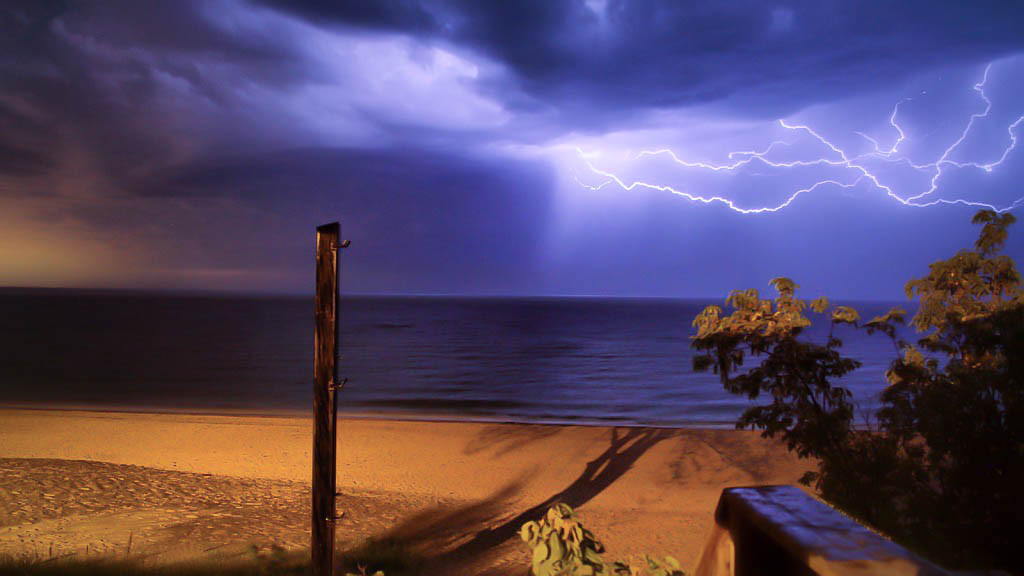Weekend Reading, February 21-23

Happy Friday to our War on the Rocks readers. Another wintery week has come and gone and we’re counting down the days until spring. We’ve gathered some of the most compelling reads from the week for you to catch up on over the weekend.
Internet for Everyone: The National Journal has a post this week about a project called Outernet, which aims to launch hundreds of tiny satellites into space to provide Internet to every person on Earth, including people with limited connectivity in countries with authoritarian governments. While each satellite, known as a CubeSat, costs between $100K-$300K to launch into space, Outernet’s backer, the Media Development Investment Fund, is seeking public donations to raise the money required to complete the project. If successful, the project could provide Internet access to the 60% of the world’s population that currently lacks connectivity.
More on Space: Melissa S. Hersh & Ajey Lele, writing for the Diplomat, argue that the world has become too dependent on satellite technologies, making the outer space environment increasingly congested, contested and competitive.
Can’t Miss Interview on COIN: Strife blog published a great interview this week with Peace and Conflict Studies expert, Victoria Fontan. Fontan talks about the relationship between resilience and COIN doctrine in Iraq and Syria and how this relationship has contributed to the establishment of The Islamic State of Iraq and the Levant (ISIS). Specifically, she notes: “The most important aspect [of resilience] is to understand that whenever an obstacle comes our way, we have to make it become part of our landscape and not consistently try to destroy it.”
Ukraine—The Need to Know: Think Progress has a good round up of everything you need to know about the escalating violence in Ukraine. The ensuing crisis began in November as a result of President Viktor Yanukovych’s refusal to sign political and trade agreements with the EU leading to initially peaceful protests that were brutally broken up by police, with videos of protestors being beaten going viral. Steps to resolve the violence were taken in January; however, protests restarted in February and continue to unfold with over 50 now confirmed killed. According to Think Progress, the protests “represent the continued break from the old Soviet system and signal the countries lurch towards greater democracy and openness”, making it unlikely that protestors will be appeased in the near future.
More on Ukraine: Andrew Wilson, writing for UCL’s research blog, makes the point that these most recent protests are not an “Orange Revolution 2.0”, referring to the 2004 protests in Kyiv’s central square, and compares current events to previous periods of contention within the region’s history.
Even More on Ukraine: The National Interest has had some diverse coverage of Ukraine this week. Check out Nikolas K. Gvosdev’s piece on long-term developments taking place outside of the capital, where significant portions of the country may reject whatever settlement is proffered. Martha Brill Olcott argues that the East-West struggle does not paint the complete picture of the protests in Ukraine, and rather needs to be viewed as citizens demanding their own identity and control over their own future as a sovereign nation. And representing the Red team, Andranik Migranyan basically writes a love letter to Putin, extolling him as Russia’s Reagan, a man who is apparently sharply misjudged by American conservatives and radical liberals alike.
The State of the Afghan National Security Forces: CNA’s Center for Strategic Studies has released its independent assessment, as directed by 2013 National Defense Authorization Act, of the overall capacity of the Afghan National Security Forces (ANSF). The report makes several conclusions, specifically that the ANSF has critical capability gaps in six areas, limiting their effectiveness after 2014, and therefore encourages international support through at least 2018. The report calls for a force size of about 373,400 and states that if the U.S. and NATO do not maintain a strong training mission in the country, then it will likely fall into a civil war. Read the full report here.
Looking at Libya’s Last Three Years: Marking the three-year anniversary of Libya’s February 17th revolution, Al Jazeera has a great interactive timeline of YouTube videos detailing all of the events and changes that have taken place in the country since the toppling of Muammar Gaddafi.
More on Libya: Here at War on the Rocks, Andrew Engel also looked back on Libya’s tumultuous past and asked this question: who is now commanding Libya’s security establishment?
WOTR Weekly Round-up: Don’t miss these great reads by WOTR contributors this week.
- Al Mauroni discusses the need for biological harzards to be addressed within a specific context as a potential threat with resource constraints in mind prior to developing goals, and policies need to be developed and executed by the right executive agencies.
- Peter Munson makes his case for why he disagrees with a U.S.-led military intervention in Syria in response to a Twitter debate he had previously engaged in.
- Lawrence Freedman advises that history should alert policymakers faced with contemporary challenges to factors of which to be aware, dangers that might be lurking unseen, possibilities that might be worth exploring, or questions to ask. He argues, however, that history provides suggestions, but not the rules to be followed.
- And finally, don’t miss our most recent podcast where Ryan Evans sat down with Elbridge Colby, Thomas C. Moore, Stanley Orman, William Rosenau, and Usha Sahay to discuss contemporary nuclear strategy.
Lauren Katzenberg is an assistant editor at War on the Rocks.
Photo credit: Arturas Rosenbacher

